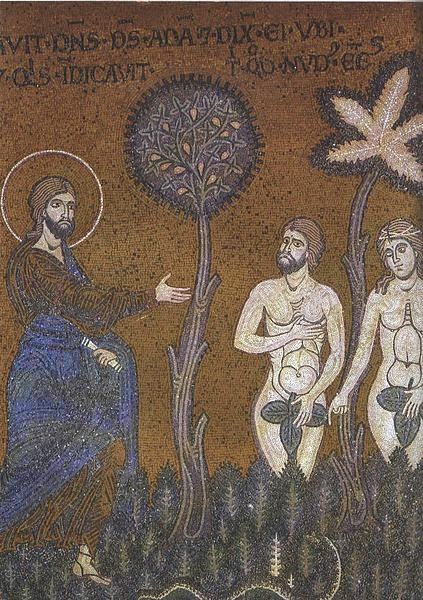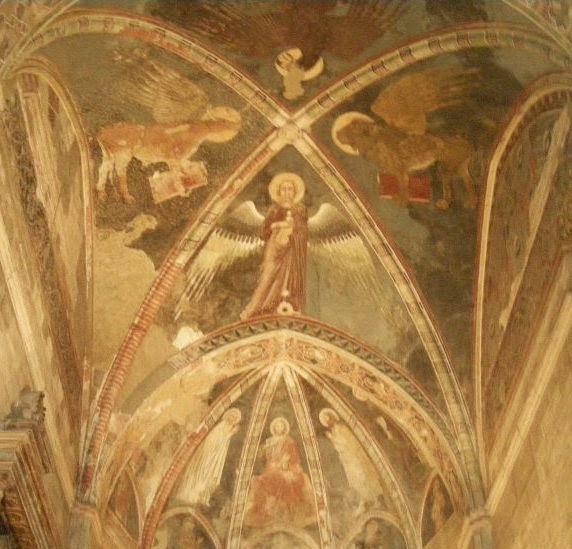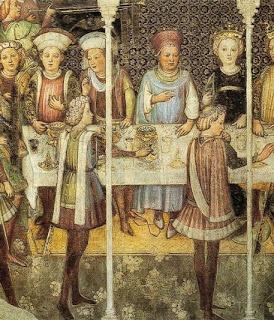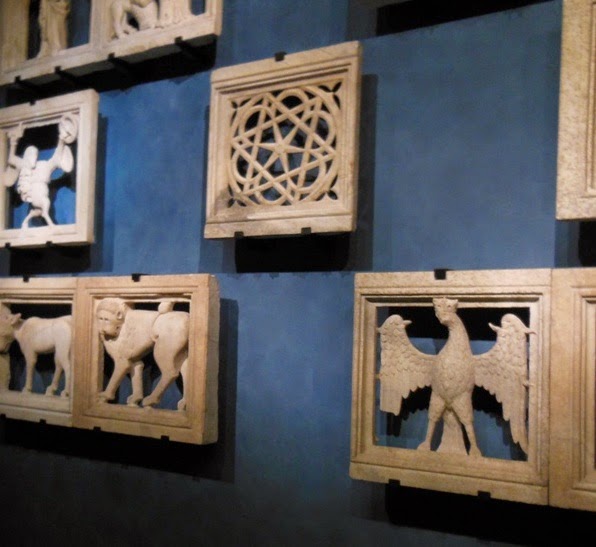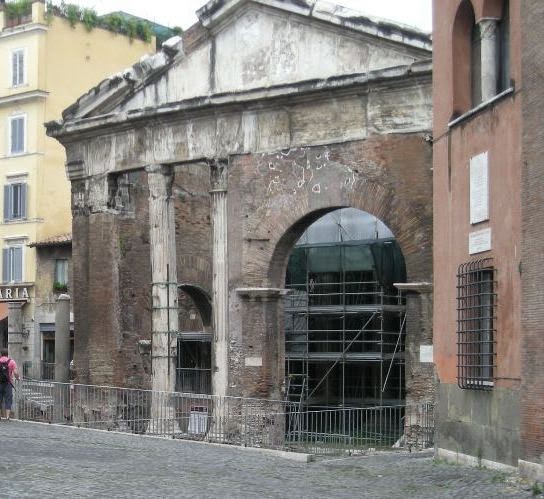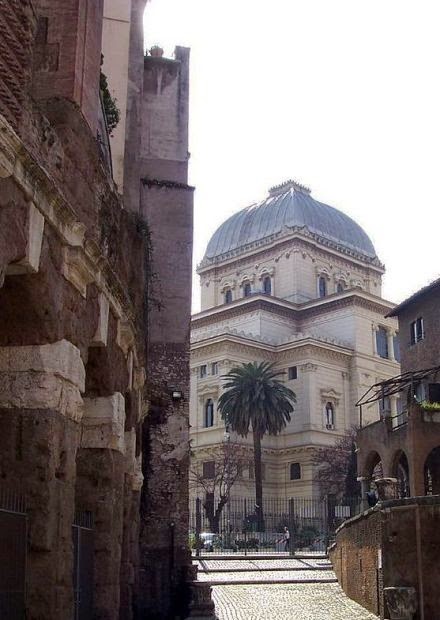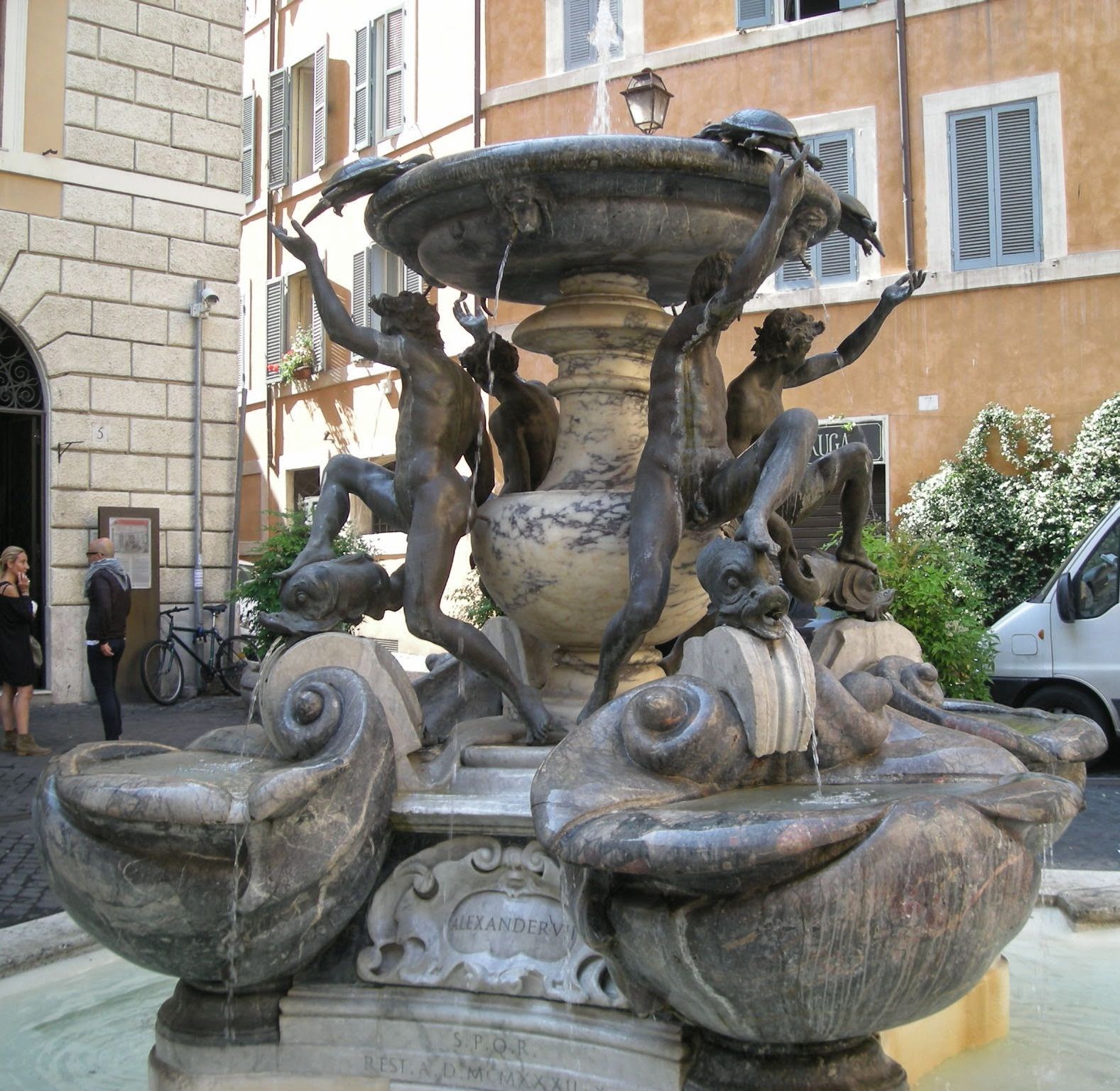Subsequently, from the year 827, the Arabs conquered the island gradually. The last Byzantine resistance occurred in Taormina in the year 902. It was soon established an emirate of Sicily.
After the year 1000 many Norman knights had in the meantime arrived in southern Italy in search of fortune.
A group of these knights of the Norman family of Hauteville in the year 1072 occupied Palermo and began the conquest of Sicily.
During the kingdom of the Altavilla many monuments were built by Moorish craftsmen helped by Byzantine artists.
So the architecture and mosaics were made with a very particular style.
The most beautiful buildings of this period are visible in Palermo, Monreale and Cefalù.
cloister of Monreale, picture a.p
Church of St. John the Hermit , picture a.p.
mosaic in Monreale, illustration wikipedia
A great cycle of mosaics and a nice cloister in the Cathedral of Monreale (a small town near Palermo) deserve the trip in western Sicily.
Cefalù, old picture. Beautiful mosaics inside
And finally, should also see the beautiful cathedral of Cefalu, a town on the sea.
°°
To learn more about the topics see pages: Palermo-Monreale in Middle Ages and Sicily, history notes.
°°


